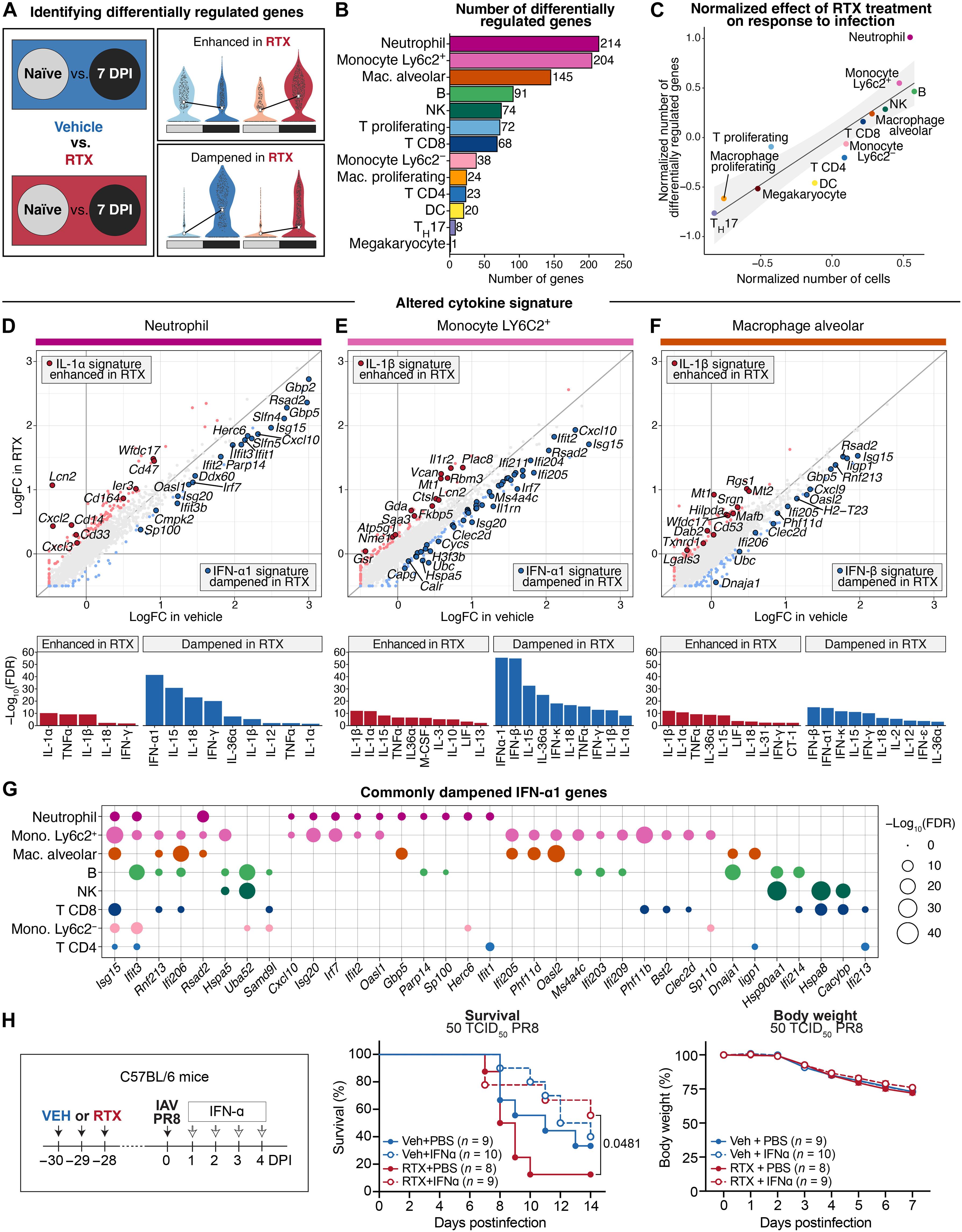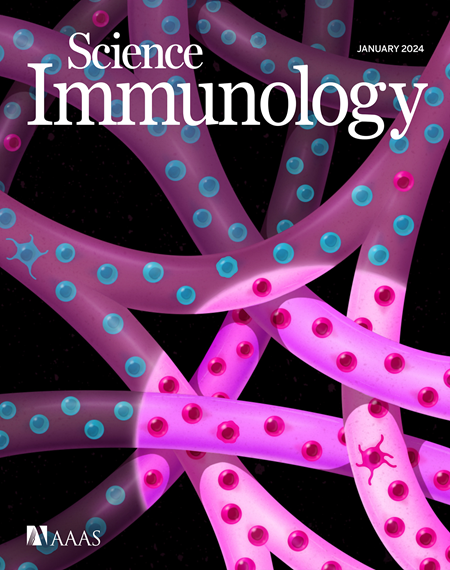Vagal TRPV1+ sensory neurons protect against influenza virus infection by regulating lung myeloid cell dynamics
IF 16.3
1区 医学
Q1 IMMUNOLOGY
引用次数: 0
Abstract
Influenza viruses are a major global cause of morbidity and mortality. Although vagal TRPV1+ nociceptive sensory neurons are known to mediate defenses against harmful agents, including pathogens, their function in lung antiviral defenses remains unclear. Our study demonstrates that both systemic and vagal-specific ablation of TRPV1+ nociceptors reduce survival in mice infected with influenza A virus (IAV). Despite no difference in viral load, mice lacking TRPV1+ neurons exhibited increased viral spread, exacerbated lung pathology, and elevated levels of proinflammatory cytokines. Loss of TRPV1+ neurons altered the lung immune landscape, including an expansion of neutrophils and monocyte-derived macrophages. Transcriptional analysis revealed impaired interferon signaling in myeloid cells and an imbalance in distinct neutrophil subpopulations in the absence of nociceptors. Furthermore, antibody-mediated depletion of myeloid cells during IAV infection substantially improved survival after nociceptor ablation, underscoring the role of TRPV1+ neurons in preventing pathogenic myeloid cell states that contribute to IAV-induced mortality.

迷走神经TRPV1 +感觉神经元通过调节肺髓细胞动力学来预防流感病毒感染
流感病毒是全球发病和死亡的主要原因。尽管已知迷走神经TRPV1 +伤害感觉神经元介导对有害物质(包括病原体)的防御,但它们在肺抗病毒防御中的功能尚不清楚。我们的研究表明,在感染甲型流感病毒(IAV)的小鼠中,全身和迷走神经特异性消融TRPV1 +伤害感受器都会降低存活。尽管病毒载量没有差异,但缺乏TRPV1 +神经元的小鼠表现出病毒传播增加、肺部病理恶化和促炎细胞因子水平升高。TRPV1 +神经元的缺失改变了肺部免疫景观,包括中性粒细胞和单核细胞源性巨噬细胞的扩增。转录分析显示,在缺乏伤害感受器的情况下,骨髓细胞中的干扰素信号传导受损,不同的中性粒细胞亚群中存在不平衡。此外,在IAV感染期间,抗体介导的髓细胞耗竭大大提高了伤害感受器消融后的存活率,强调了TRPV1 +神经元在预防导致IAV诱导死亡的致病性髓细胞状态中的作用。
本文章由计算机程序翻译,如有差异,请以英文原文为准。
求助全文
约1分钟内获得全文
求助全文
来源期刊

Science Immunology
Immunology and Microbiology-Immunology
CiteScore
32.90
自引率
2.00%
发文量
183
期刊介绍:
Science Immunology is a peer-reviewed journal that publishes original research articles in the field of immunology. The journal encourages the submission of research findings from all areas of immunology, including studies on innate and adaptive immunity, immune cell development and differentiation, immunogenomics, systems immunology, structural immunology, antigen presentation, immunometabolism, and mucosal immunology. Additionally, the journal covers research on immune contributions to health and disease, such as host defense, inflammation, cancer immunology, autoimmunity, allergy, transplantation, and immunodeficiency. Science Immunology maintains the same high-quality standard as other journals in the Science family and aims to facilitate understanding of the immune system by showcasing innovative advances in immunology research from all organisms and model systems, including humans.
 求助内容:
求助内容: 应助结果提醒方式:
应助结果提醒方式:


